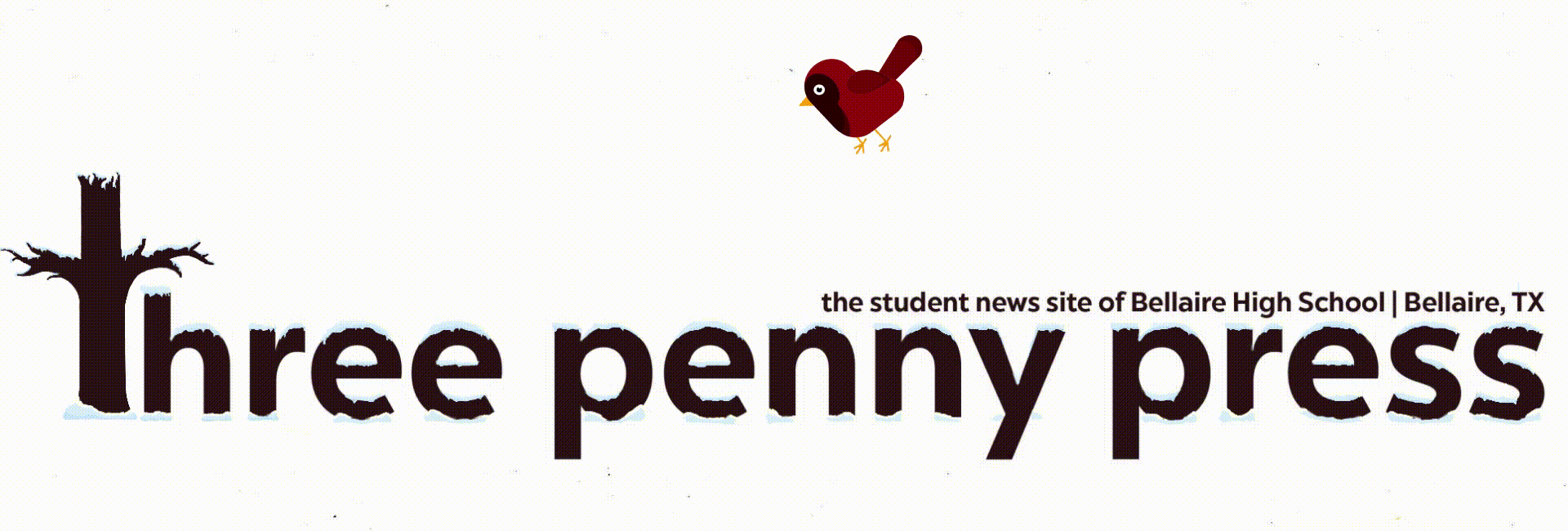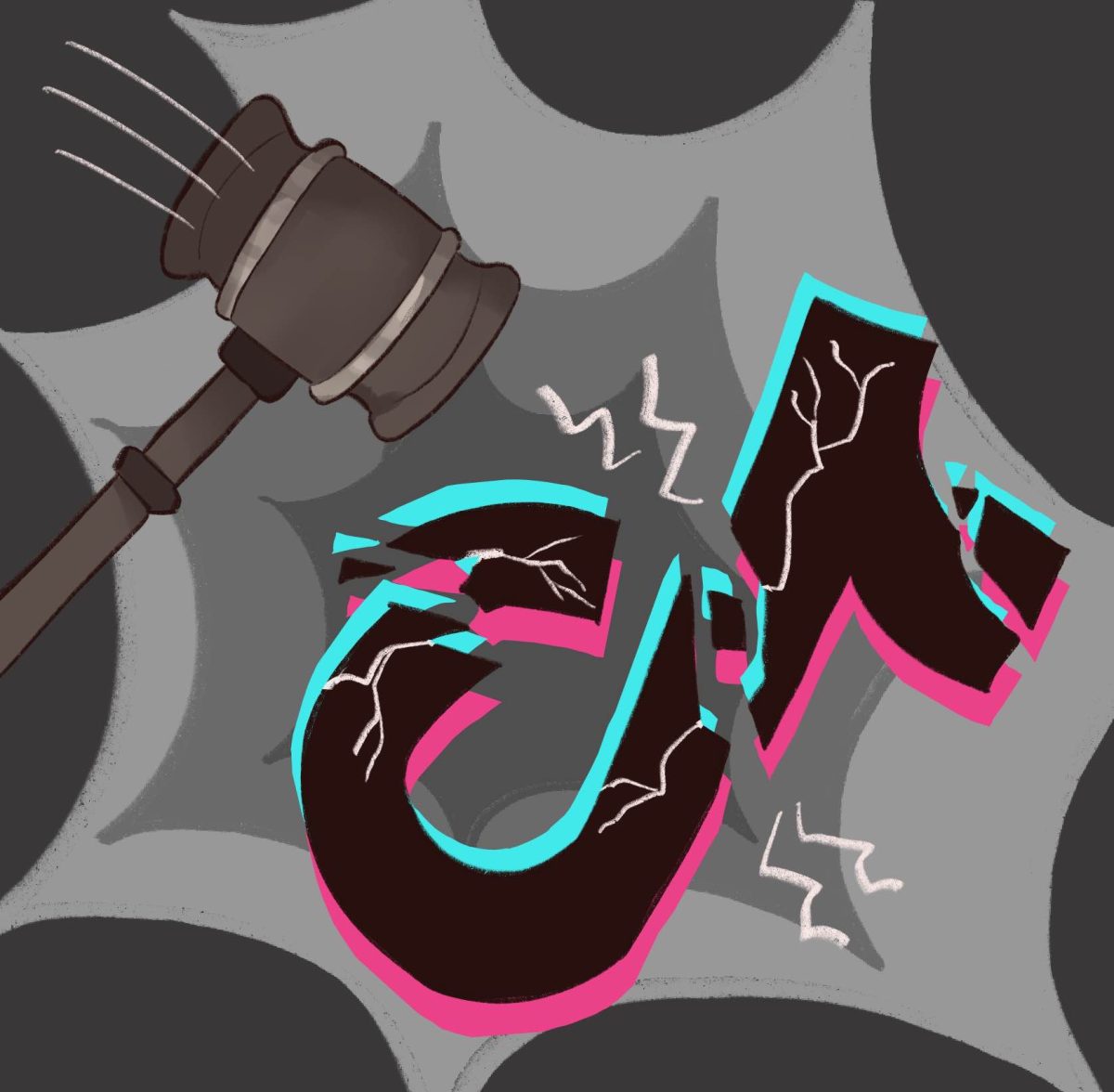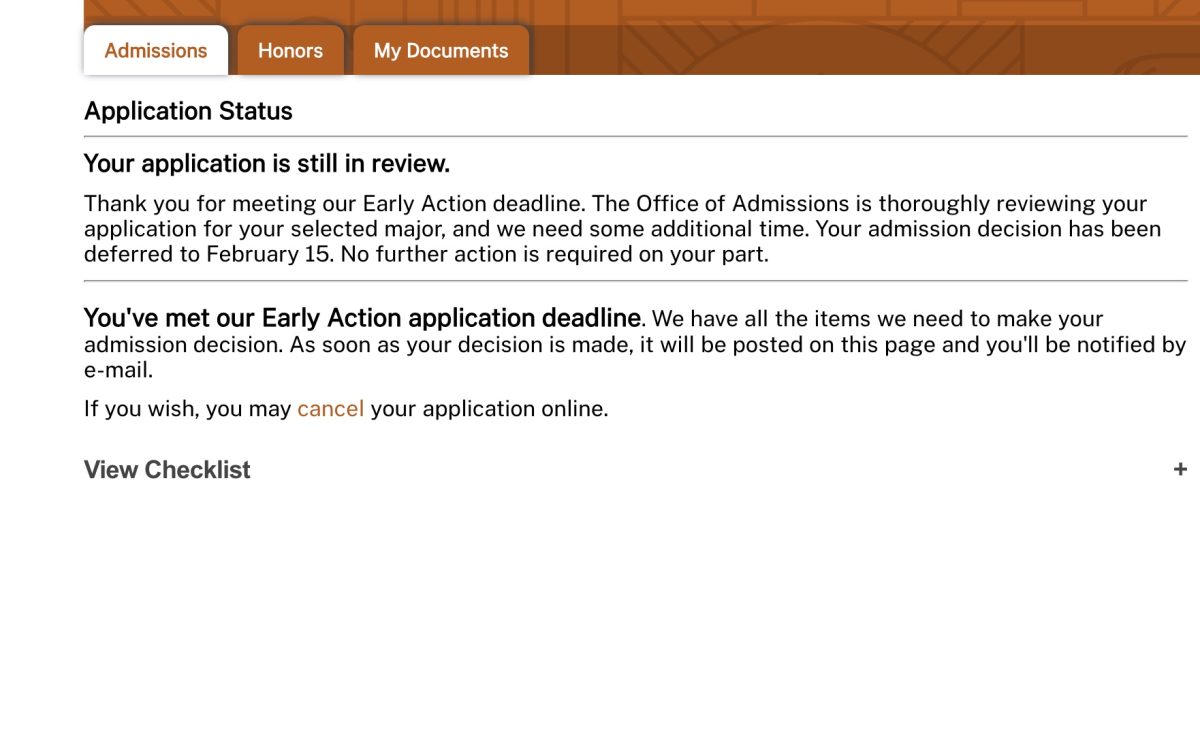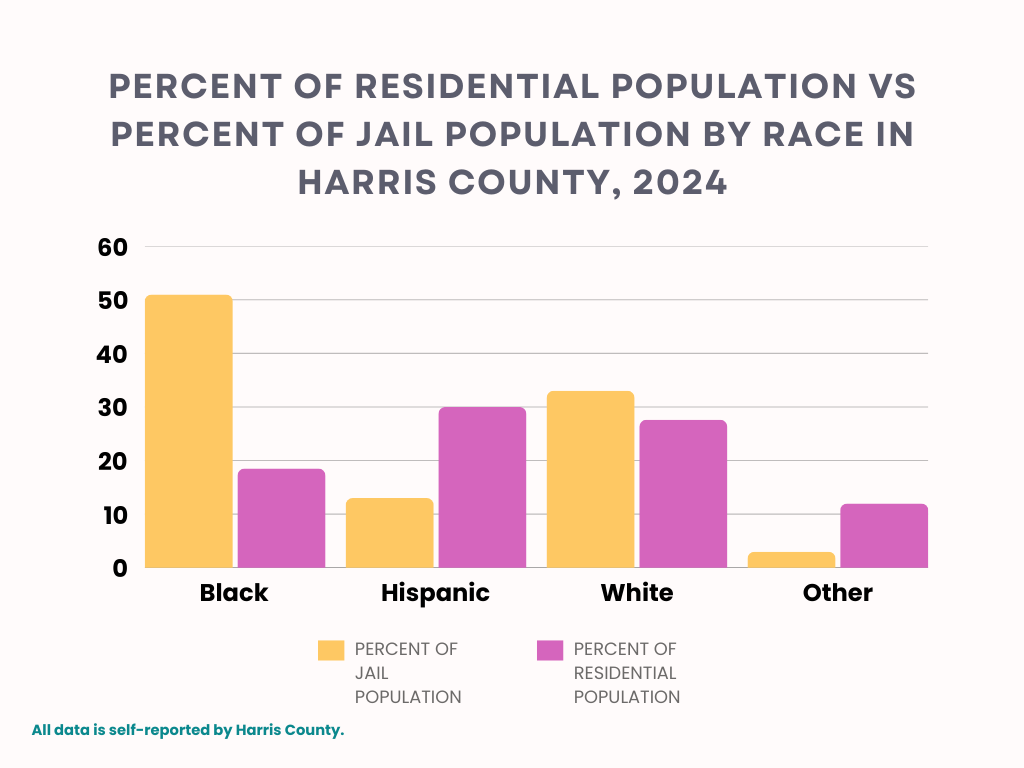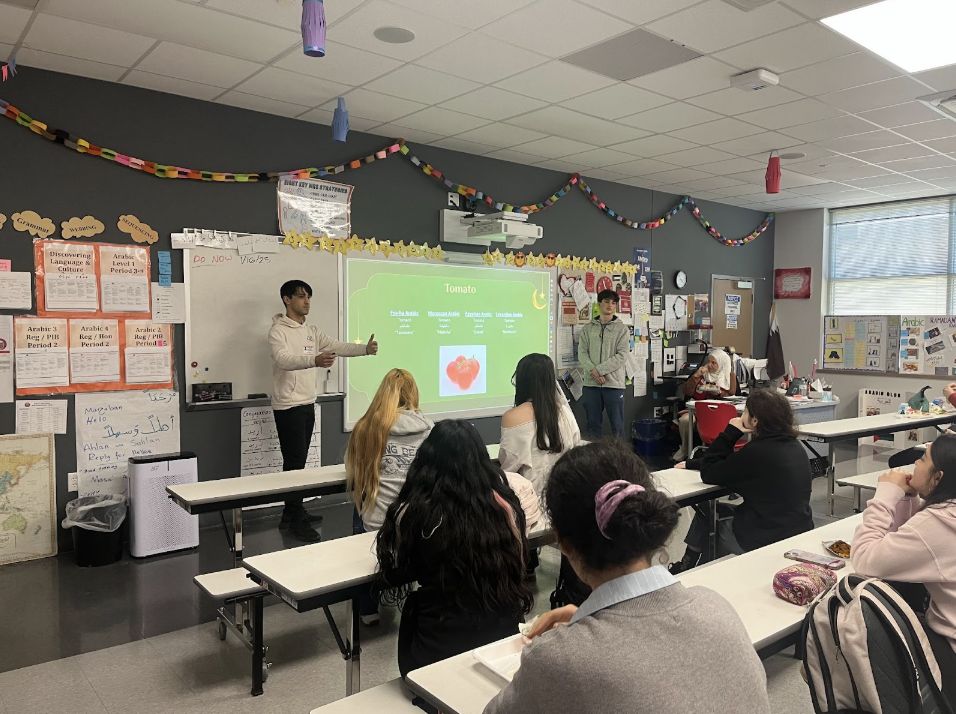“A law banning TikTok has been enacted in the U.S. Unfortunately, that means you can’t use TikTok for now.”
On Jan. 18, the ban was briefly enforced – only to be lifted after 16 hours.
President Donald Trump signed an executive order on Jan. 20, allowing TikTok to operate in the U.S. for an additional 75 days, during which ByteDance, the owner of TikTok, must secure a buyer. If no buyer is found by the end of this period, TikTok will face a permanent ban in the United States.
Hours before the nationwide TikTok ban was scheduled to take effect, users encountered an error message upon opening the app. In response, texts were exchanged rapidly among friends as many began to struggle with the reality that TikTok might no longer be accessible. However, questions remained: was it truly gone?
First proposed by Trump during his administration on Aug. 6, 2020, the TikTok ban hasn’t been a new concept for Americans. Since the app launched in 2017, the idea of blocking the app due to security concerns has been a topic of discussion for Americans and government officials.
The U.S. government has been concerned about TikTok’s ties to China since 2020. When Trump first proposed the ban, he argued that TikTok, owned by the Chinese company ByteDance, could share personal data from American users with the Chinese government. The worry was that this data could be used for spying or influence. In 2024, these concerns resurfaced, and President Joe Biden signed a law banning TikTok unless it was sold within a year.
The main reason behind the push to ban TikTok was national security. TikTok collects a lot of personal data from users, including location, browsing habits and interactions. Many argue that because TikTok is owned by ByteDance, a Chinese company, the Chinese government could access this data and use it for harmful purposes. There were also worries from parents and people who study misinformation that the app could be used to spread misinformation or manipulate opinions.
After Biden signed the law, the following year was a domino effect. In May of 2024, TikTok and ByteDance sued the U.S. federal government to challenge the law that would force ByteDance to sell its stake in TikTok or face a nationwide ban, claiming it would be unconstitutional. On Dec. 6, 2024, the federal appeals court upheld the ban, rejecting the company’s argument that it would be against the First Amendment; specifically, the freedom of speech.
Both electoral candidates of 2024, former Vice President Kamala Harris and President Trump, joined TikTok in the summer of 2024 and began using the platform as a campaign tool. After President Trump won the election, he asked the Supreme Court to pause the potential TikTok ban until he and his administration could create a resolution upon his entering office.
Unfortunately, on Jan. 17 the Supreme Court unanimously upheld the law banning TikTok.
On Jan. 18, hours before the ban was set to take effect, U.S. users found themselves unable to access TikTok, causing panic among millions of influencers, businesses, and everyday users who rely on the app.
However, after only 16 hours, the ban was lifted, with the app explaining,“As a result of President Trump’s efforts, TikTok is back in the U.S.!”
This quick reversal left many people confused, raising questions about why the ban was put in place at all and why it ended so abruptly.
Critics point out that other apps such as Facebook and Snapchat, both American and foreign, collect similar data, so banning just TikTok might not solve the problem.
On the other hand, supporters of the ban argue that it was necessary to protect American privacy and security. By banning TikTok altogether, the U.S. could prevent Chinese government access to American data, which they believe could be misused for spying or other harmful purposes. Some also say banning TikTok could send a message to other foreign tech companies, warning them not to put American data at risk.
In the end, the TikTok era highlights the growing tension between national security, technology, and free speech. While some view the ban as a necessary step to protect American privacy, others see it as a distraction from addressing more important concerns about data collection. The sudden reversal of the ban has left many questioning the nation’s priorities and the true motivations behind these actions.
